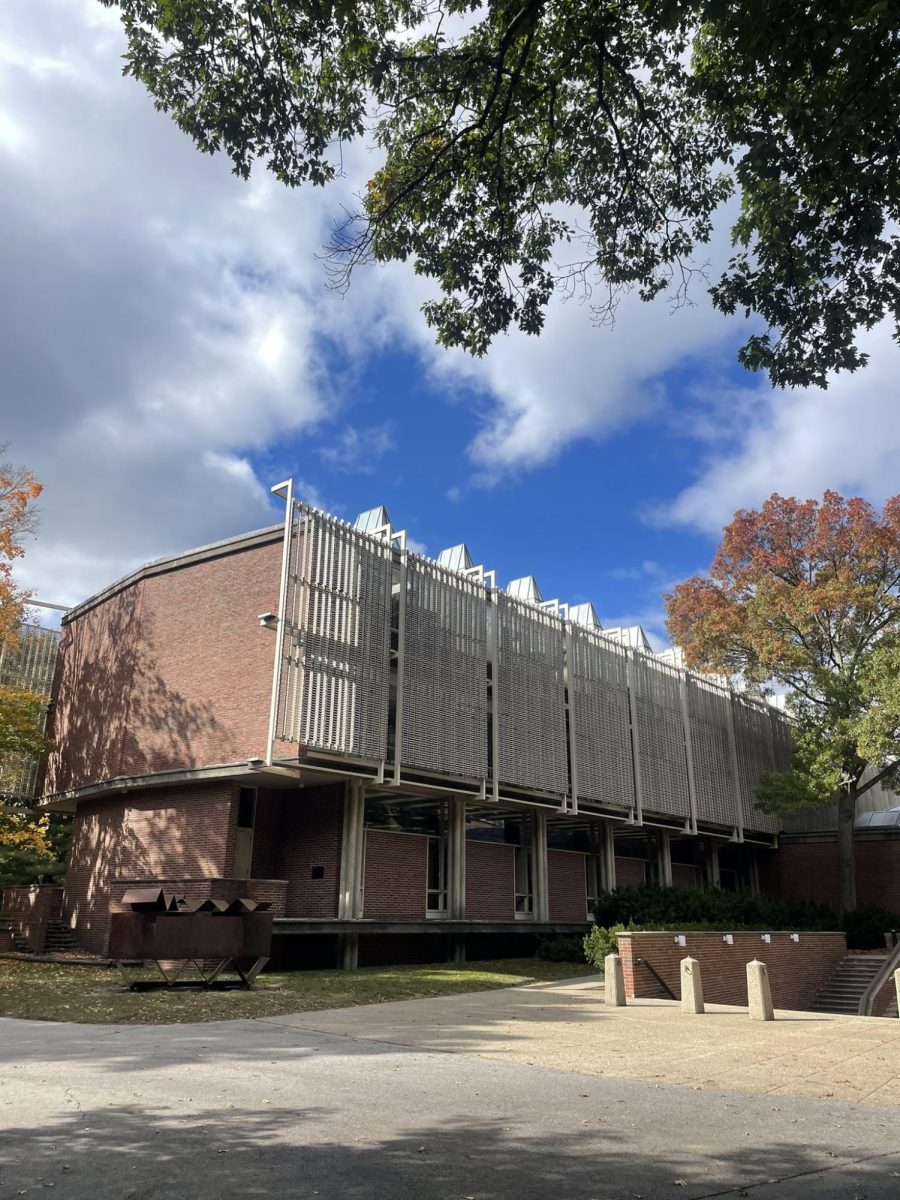Alumnae members of the team that made groundbreaking astrophysical discovery
Dr. Nergis Mavalvala ’90 and Sheila Dwyer ’05 are members of the team that recorded gravitational waves for the first time in scientific history. Announced on Thursday, the discovery was made using two large detectors called the Laser Interferometer Gravitational-wave Observatory (LIGO). The existence of these waves confirms Albert Einstein’s theory of general relativity. Einstein believed that gravitational waves are created after the collision of heavy objects, such as black holes. He considered the waves to be ripples in the space-time continuum. The ripples were observed in the aftermath of a black hole collision, which was estimated to have occurred 1.3 billion years ago. The waves were detected by LIGO, which can measure distortions one-thousandth the size of a proton. Mavalvala has worked extensively on LIGO, focusing her postdoctoral work on the development of the instrument. Mavalvala has dedicated over two decades to the study of gravitational waves. Dwyer, now a CalTech postdoctoral, joined Mavalvala as a research assistant for LIGO eight years ago.
Madeleine Albright ’59 apologizes for comments made at Hillary Clinton ’69 rally
While campaigning for Hillary Clinton ’69 at an event in New Hampshire on Saturday, Madeleine Albright ’59 told the crowd “there’s a special place in hell for women who don’t help each other,” inciting a national backlash on gender politics. Albright has since apologized for making the comment, penning an op-ed article for the New York Times published on Friday. Titled “Madeleine Albright: My Undiplomatic Moment,” she writes “I absolutely believe what I said, that women should help one another, but this was the wrong context and wrong time to use that line. I did not mean to argue that women should support a particular candidate based solely on gender.” Albright also pointed out that she has used the line many times before, in different context.
New Davis Museum exhibit featured in the New York Times
Game designer Jason Rohrer recently debuted his first exhibition at the Davis Museum, titled “The Game Worlds of Jason Rohrer.” It is the first art exhibit that solely features the work of a video game designer. The exhibit that not only features stills from his games, but also allows visitors to play samples of the games on laptops. Roher’s exhibit comes at a time where the legitimacy of video games as art has become an age-old argument. In a New York Times piece on Rohrer’s work, the reviewer Nathan Reese says that the exhibit evokes “emotional connection” and puts any doubt to rest about the legitimacy of video game art. The exhibit is on display from Feb. 10 – June 26 at the Davis.







